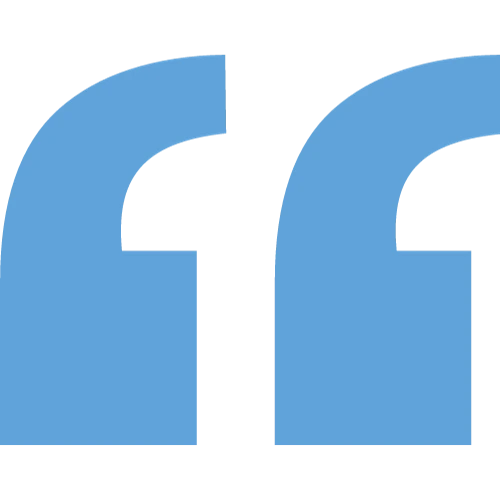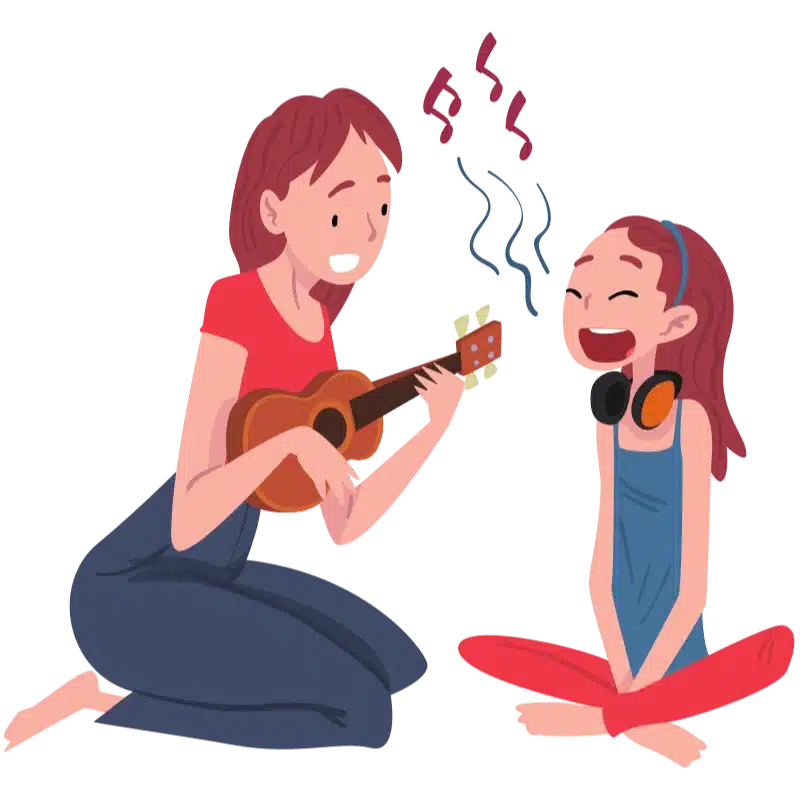Hello my ukulele friends! If you are looking to read this article it means that you want to know more about what’s with the instrument that you are playing because most of us know the chord shape and learn some strumming technique which of course is what you need but instead of following a pattern bluntly, you are exploring the music theory on fret board and how to come up with the chord shape! Kudos to you! This article helps you to understand your Ukulele fretboard Notes and which will thereby enable you to make your own chord shapes! Let’s dive in!!!

There’s something about the ukulele that just makes you smile. It makes you let your guard down. It brings out the child in all of us.
Music theory:
Let’s start with some basics of music theory. Since ukulele’s tone is on the treble side, if you read the sheet music of a ukulele, the ukulele fretboard notes correspond to treble clef (G clef).
Let’s start with an imaginary line on the bottom below the actual first line which is our middle ‘C’. Over it we have 5 horizontal lines called staff. Each of these lines and the gaps between them correspond to a particular note. There is treble clef symbol on the left-most side to say that the notes are arranged after the middle see. So, imagine a small horizontal line below E and that is C. The gap after C is D. Then we have our first line from the bottom which is E, the gap after that is F, the line after that is G, the gap after that is A, the line after that is B, the gap after that is higher C and so on. So, the notes are arranged in an increasing order.
An easy mnemonic to remember the notes on the line would be Even-Good-Boy-Do-Fail. And the notes on the space in between are F-A-C-E (from the bottom to the top). Note that here we are mentioning only the white notes and C major/A minor scale. So, when there is accent, it will be added to immediate right of that particular note or if the scale isn’t C major or A minor, the sharps or flats associated with that particular scale will be highlighted next to the treble clef’s symbol.
Tone and Semi tone in music theory:
Now that we know the note position on musical staff, let’s see the distance between the notes., There are 12 notes in music (in an octave) and they are C, C#/Db, D, D#/Eb, E, F, F#/Gb, G, G#/Ab, A, A#/Bb, B. The names of the notes here are as per western music notation. # is called sharp and b is called flat. So, C# means C sharp and Db is called D flat. Please apply the same analogy to the rest of the notes. So, you take a note and you count one step above it then it is called ‘semitone’ or ‘half step’. If you take a note and you count two steps above it then it is called ‘tone’ or ‘whole step’. So, C to D is whole step or tone because you count two steps from C. C to C# is half step or semitone because you count only one step from C.
Now, a quick checkpoint here What would be the note which is 3 semitones from A? Check yourself! The answer is C. Yes, I assume you would have gotten it right! It wasn’t easy but you have come this far and great job!
Ukulele Fretboard Charts
Now that you know where the notes are on the staff, distance between the notes, name of the notes, we move into mapping it onto the ukulele. The standard ukulele tuning is G-C-E-A where A is the bottom most string and G is the top most string. Look at your ukulele where each fret represents a semitone. So, if you need a tone, you need to miss a fret between the notes. So, let’s take an example with G string. When G string is open the note is G and if you want to play G# (semitone from G) you hold the first fret of G string with your finger. Similarly, if you want to play A you put your finger on the second fret of G string and so on.
Ukulele Fretboard Charts
Now, an observation would be 12th fret onwards the notes are repeating. Why? Because there are 12 notes in an octave and 12th note is a higher octave of the string, that is, G on 12th fret of G string is an octave higher than open G! Interesting right? Also, another observation is dots on ukulele which acts as quick identification. The two dots on 12th fret mean its an octave of a particular string. More on this in a different article!
Now if you want to play C major scale, the notes are C-D-E-F-G-A-B-C. Now play open C, first fret of C string is C# let’s skip that and second fret of C is D. Press the second fret of C string with your finger and pick the string with your right hand. Similarly, D to E is a tone so you skip a fret after D which is D# and you play the fret next to D# the note is E, E doesn’t have sharps so the note on next fret is F and so on.
You can play the entire C major scale on the C string. But there are other ways to play a scale which we can see in a different article!

Did You Know?
The small size of the Ukulele reduces wrist tension because the notes are reachable without stretching.
Find notes using major scale:
Now I am sure you would have understood how to find the notes of C major scale on the ukulele fretboard and play them. With the help of this, you can figure out the notes on other strings of the ukulele. Play around with the E major scale with the starting note as open E string, G major scale with the starting note as open G string, A major scale with the starting note as open A string.
Also shout the name of the notes loud so that you will get muscle memory of what notes are there in a particular scale. You can even download a piano app to see the if you are playing a white note or a black note. You can also write the notes down on a note book and play it on the ukulele.
Final notes:
So, we started with reading the notes on a musical staff, the notes in an octave, the distance between the notes, mapping the notes on the fretboard, playing basic scales on a particular string to get acquainted to the notes of a particular string. You can also play around different notes to get used to the frequency of that particular note. Of course, you haven’t mastered it just yet but you have started it out and you will get a grasp of it soon. Now you can just play your favourite riff or solo or improvise in your ukulele. Flaunt it!
Follow up:
From here you can find how many C or any other note is present in a ukulele and how they are different from one another. You can find different ways to play the scales. If you already have knowledge on minor scales try playing minor scales as well. Similarly, if you have knowledge on chords figure out the notes of a particular chord and map it on ukulele, choose your fingers accordingly and play on the ukulele. One more important note here is that let’s take C major chord where the notes are C, E, G. If you are holding C note on the left hand don’t strum the other strings because the notes might be different and you end up playing something completely different. So, when you are playing a note, just pick that particular string on your right hand. Now, you can even figure out how the notes are laid out on ukulele if you have knowledge on intervals. But we can make an entire article on the same in the forthcoming blogs! Keep learning, Keep playing, keep spreading the joy 😊
The Basic Ukulele Chords are something every ukulele player has to be well versed in.
FAQs
How to learn ukulele notes?
First know the semitone, tone from a note and try to map them on a ukulele string.
What exercises can I do to learn ukulele notes?
Learn to play the scales on a ukulele which will help not only with the ukulele notes but also increase finger agility.
Do I need a ukulele tuner to learn the notes?
No, but you can cross check if you are playing the intended note on the ukulele with the help of a tuner.
What are some easy ukulele songs with tablature?
Initially start with playing easy rhymes like happy birthday, twinkle twinkle little star etc.
Can I strum ukulele chords while playing notes?
No, because the notes of a chord will be different than a single note on a ukulele. If you strum holding a particular note you will be playing some random chord and not what is intended to.
































